Granite Stone | Origins, Types, Application and Uses

Marble vs Granite: A Comprehensive Guide to Choosing the Best Stone for Your Space
December 8, 2023
Which company is best for marble?
December 13, 2023Granite is a ubiquitous stone found in homes, buildings, and monuments worldwide. Its beauty, durability, and versatility have captivated people for centuries, making it a popular choice for countertops, floors, sculptures, and more. But what exactly is granite? Where does it come from? And what are its unique properties that make it so valuable?
Origins of Granite
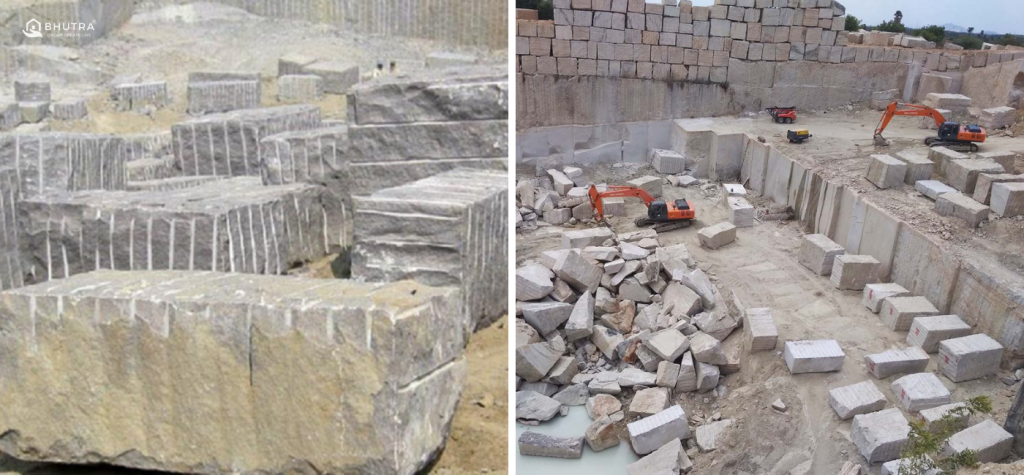
Granite is an igneous rock formed by the slow cooling and solidification of molten rock (magma) deep beneath the Earth’s surface. This process can take millions of years, allowing the minerals within the magma to crystallize and form the distinctive grains that characterize granite. Once the magma cools and solidifies, it eventually becomes exposed at the Earth’s surface through erosion or uplift.
The composition of granite varies depending on the location of its formation. However, it typically consists of the following minerals:
- Quartz: The most abundant mineral in granite, quartz gives the stone its hardness and strength.
- Feldspar: This mineral group is responsible for the color variations in granite.
- Mica: Mica gives granite its characteristic sparkle and shimmer.
- Other minerals: Trace minerals like amphibole, pyroxene, and garnet may also be present in small amounts.
Properties of Granite
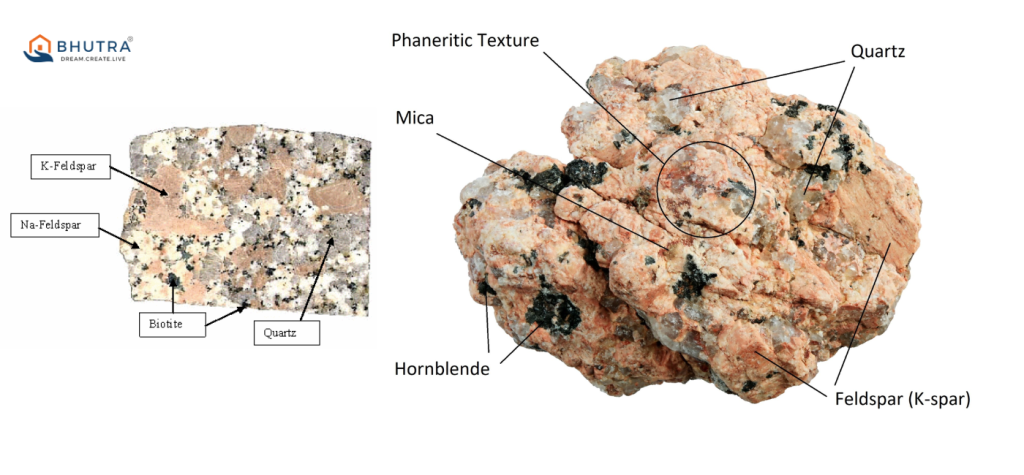
Granite is known for its durability and strength, making it a popular choice for countertops, flooring, and other applications that require a hard-wearing surface. Its dense composition makes it resistant to scratches, heat, and stains, making it an ideal material for kitchen and bathroom surfaces.
In addition to its durability, granite also offers a wide range of aesthetic options. With its natural variations in color and pattern, each slab of granite is unique, adding a touch of elegance and character to any space. From sleek and modern to rustic and traditional, there is a granite option to suit every style.
- Durability: Granite is one of the hardest and most durable natural stones available. It is resistant to scratches, stains, and heat, making it ideal for high-traffic areas like kitchens and bathrooms.
- Beauty: Granite comes in a diverse range of colors and patterns, from white and black to pink, green, and blue. This variety makes it a popular choice for those who want to add a touch of natural elegance to their homes.
- Versatility: Granite can be cut, shaped, and polished into various forms, making it suitable for various applications, including countertops, floors, walls, backsplashes, and even fireplaces.
- Low maintenance: Unlike other natural stones, granite requires minimal maintenance. Regular cleaning with mild soap and water is sufficient to keep it looking its best.
Types of Granite
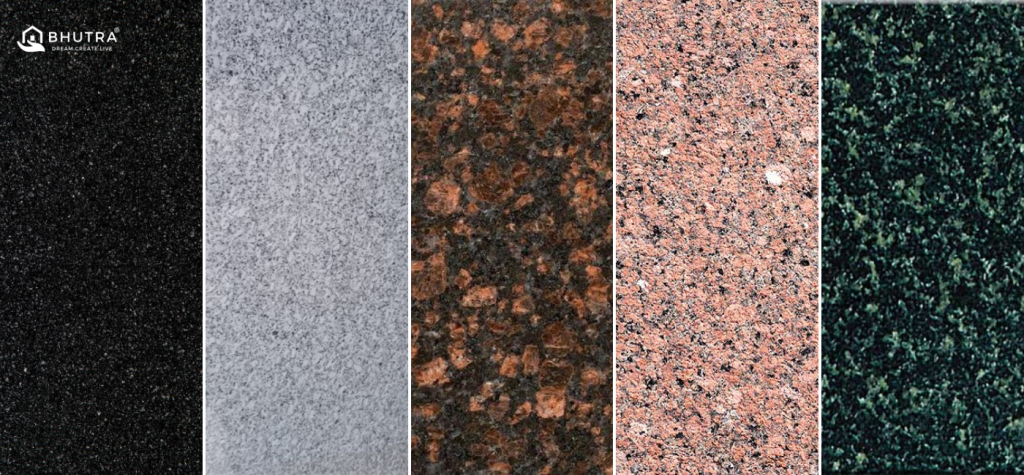
There are many different types of granite available, each with its unique color and pattern. Here are some of the most popular varieties:
- Black granite: This classic choice is known for its sophisticated elegance. Popular black granite varieties include Black Galaxy, Absolute Black, and India Black.
- White granite: White granite adds a touch of light and airy feel to any space. Popular white granite varieties include Alaska White, Bianco Antico, and White Pearl.
- Brown granite: Brown granite offers a warm and inviting feel. Popular brown granite varieties include Baltic Brown, Copper Canyon, and Uba Tuba.
- Pink granite: This playful color adds a unique touch to any space. Popular pink granite varieties include Rosa Beta, Rosa Porrino, and Imperial Red.
- Green granite: This vibrant color brings a touch of nature indoors. Popular green granite varieties include Verde Butterfly, Verde Labrador, and Verde Ubatuba.
✅ Check Granite Latest and Affordable Price List 2024!
Environmental Impact of Granite
While granite is a beautiful and durable material, its extraction and processing can have negative environmental consequences. These include:
- Habitat destruction: Granite mining can destroy forests and other natural habitats.
- Air and water pollution: Dust and other pollutants generated during mining and processing can contaminate the air and water.
- Resource depletion: Granite is a non-renewable resource, and its extraction depletes the Earth’s natural resources.
To minimize the environmental impact of granite, it is important to choose granite from sustainable sources. This means choosing granite that has been quarried and processed using environmentally friendly practices.
Applications of Granite
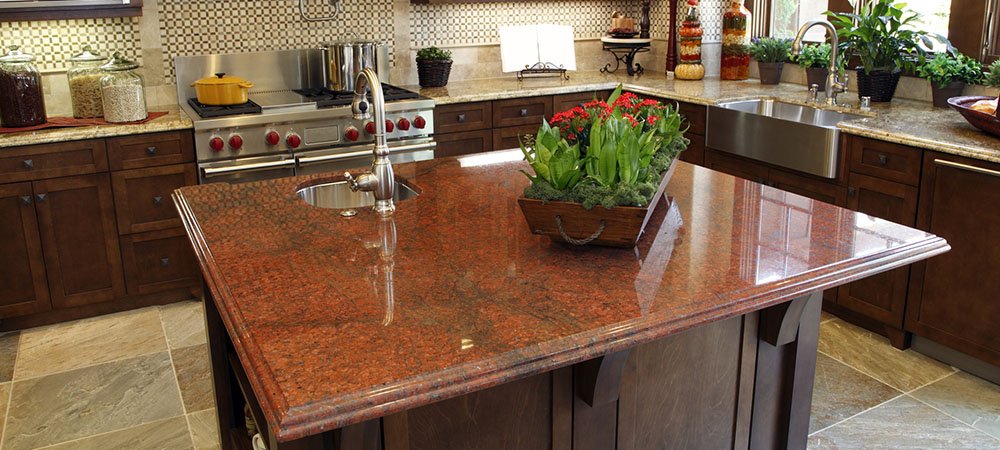
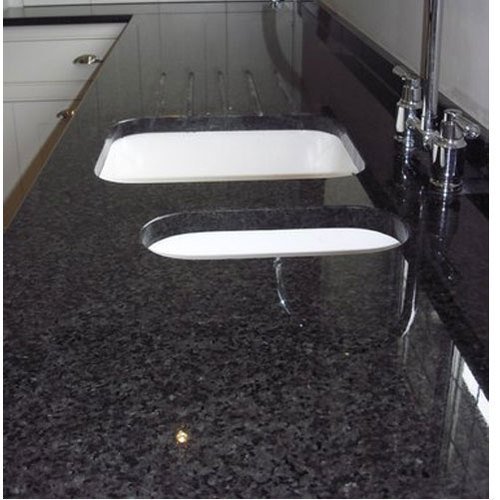
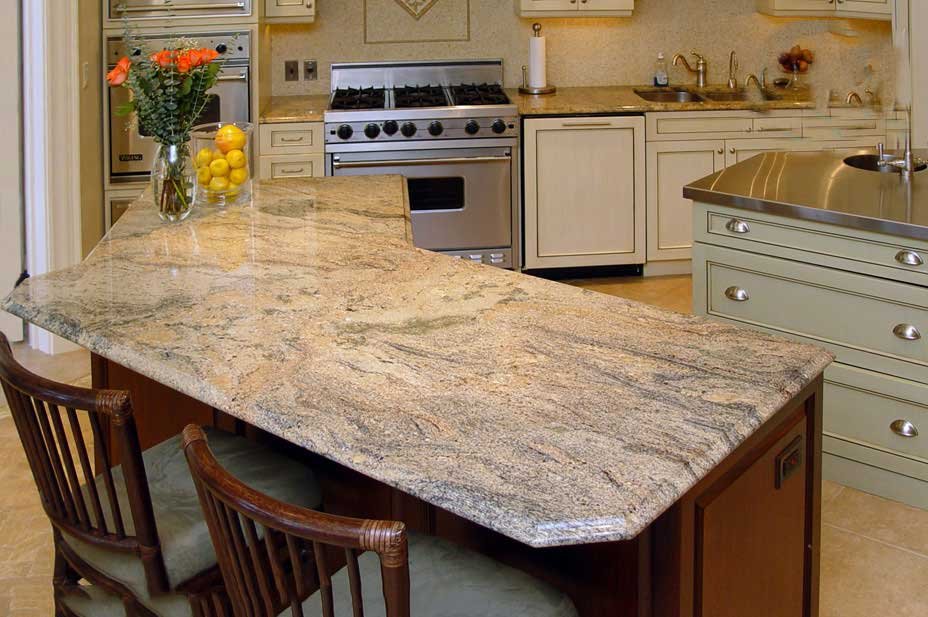
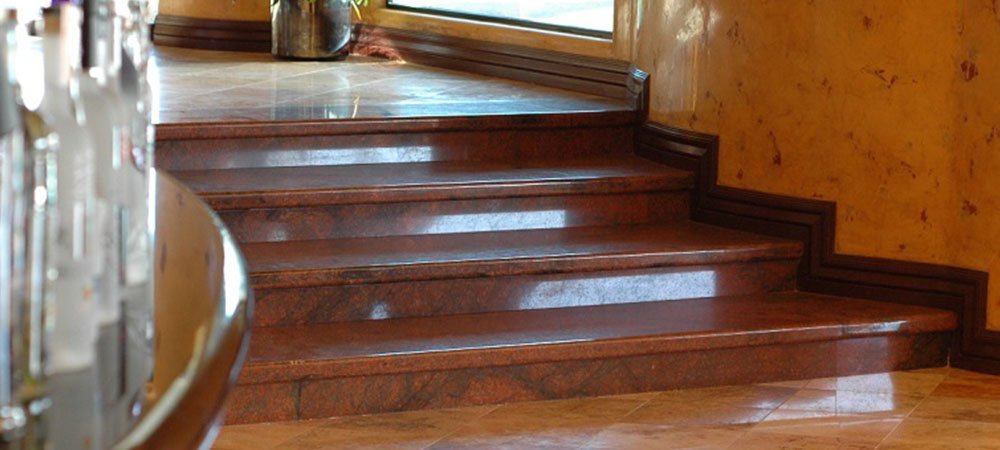
Different applications of granite is a versatile material used in various applications, including:
- Countertops: Granite countertops are an excellent choice for kitchens and bathrooms due to their durability, beauty, and ease of maintenance.
- Flooring: Granite flooring is a popular choice for high-traffic areas due to its resilience and elegant look.
- Walls: Granite can be used to create stunning accent walls or feature walls.
- Backsplashes: Granite backsplashes add a touch of luxury and sophistication to kitchens and bathrooms.
- Fireplaces: Granite is a heat-resistant material, making it ideal for fireplaces.
- Monuments: Granite is a popular choice for monuments due to its durability and ability to withstand the elements.
The Formation of Granite
Granite is an igneous rock that forms from the slow crystallization of molten magma deep beneath the Earth’s surface. It is primarily composed of quartz, feldspar, and mica, which give it its distinctive speckled appearance. The formation of granite can take millions of years, as the magma cools and solidifies.
Granite is commonly found in mountain ranges and is often associated with continental crust. It is one of the most abundant rocks on Earth and can be found in a variety of colors, including white, gray, pink, and black.
Uses of Granite
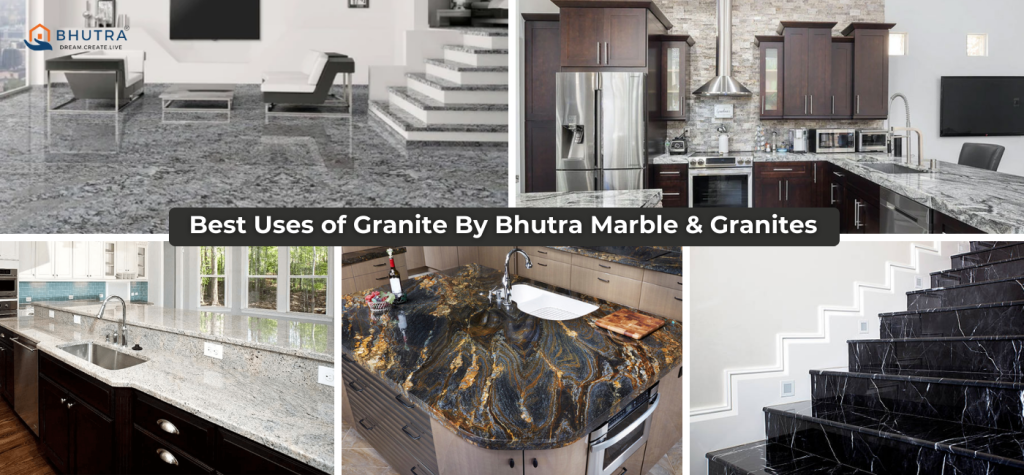
Granite’s versatility and durability make it suitable for a wide range of applications. One of the most common uses of granite is in kitchen countertops. Its heat and scratch resistance, combined with its natural beauty, make it a popular choice among homeowners and chefs alike.
Granite is also commonly used in flooring. Its hard-wearing nature ensures that it can withstand heavy foot traffic without showing signs of wear and tear. Additionally, its natural variations in color and pattern add visual interest to any room.
Monuments and statues are another common use for granite. Its durability and ability to withstand the elements make it a popular choice for commemorative structures that are meant to stand the test of time.
Caring for Granite
To keep granite looking its best, it is important to follow proper care and maintenance guidelines. Regular cleaning with a mild soap and water solution is usually sufficient to keep granite surfaces clean and free from bacteria. Avoid using harsh chemicals or abrasive cleaners, as these can damage the surface of the stone.
It is also important to protect granite surfaces from excessive heat and scratches. While granite is highly resistant to both, using cutting boards and trivets can help prolong the life and appearance of the stone.
Sealing granite is another important step in its maintenance. This helps to prevent stains and keeps the stone looking its best. It is recommended to have granite professionally sealed every few years, although some sealants may last longer.
FAQs
What is granite stone made of?
Granite is an igneous rock primarily composed of quartz, feldspar, and mica. These minerals give granite its distinct appearance and durability.
Which type of rock is granite?
Granite is an igneous rock, formed from the cooling and solidification of molten magma beneath the Earth’s surface.
What does granite do?
Granite is commonly used as a building material, particularly for countertops and flooring, due to its hardness, durability, and attractive appearance.
ग्रेनाइट पत्थर किससे बनता है?
ग्रेनाइट पत्थर आग्नेय चट्टान है जो मुख्य रूप से क्वार्ट्ज, फेल्डस्पार, और माइका से मिलकर बनती है।
Why is granite so expensive?
Granite is expensive due to its durability, aesthetic appeal, and the complexity involved in quarrying, cutting, and finishing the stone. Rarity of certain colors and patterns also contributes to its cost.
Is granite breakable?
While granite is a very hard and durable material, it is not completely indestructible. Extreme force or impact can potentially cause breakage, but under normal use, granite is highly resistant to cracking or breaking.
How granite is made?
Granite is formed through the slow cooling and solidification of molten magma beneath the Earth’s surface. This process allows minerals to crystallize and create the characteristic speckled appearance of granite.
How is granite formed?
Granite is formed through the process of igneous rock crystallization, where magma cools and solidifies beneath the Earth’s surface over an extended period.
What color is granite?
Granite comes in a wide range of colors, including but not limited to white, gray, black, red, green, and blue. The specific color depends on the mineral composition.
Why is granite special?
Granite is special due to its unique combination of hardness, durability, and aesthetic appeal. It’s a popular choice for various applications, especially in construction and interior design.
What 3 minerals are in granite?
The three main minerals in granite are quartz, feldspar, and mica. These minerals give granite its hardness, strength, and distinctive appearance.
What is artificial granite?
Artificial granite, also known as engineered stone, is a man-made material composed of crushed natural stone (usually quartz), resin, and pigments. It is designed to mimic the appearance of natural granite.
Where is pink granite found?
Pink granite can be found in various places around the world. Some notable sources include regions in Brazil, India, and the United States.
Where is granite formed?
Granite is formed beneath the Earth’s surface through the process of igneous rock crystallization. It is commonly found in continental crust areas.
How old is granite stone?
Granite is an ancient rock, with some formations dating back hundreds of millions of years. The specific age of a granite formation depends on its geological history.
Is granite pan safe?
Granite pans, often coated with a layer of granite-like material, are generally safe to use. However, it’s essential to follow manufacturer guidelines for proper care and use.
Is granite a pure?
Granite is not a pure substance but rather a mixture of minerals. The main minerals in granite are quartz, feldspar, and mica, as mentioned earlier.
What is raw granite?
Raw granite refers to unprocessed or uncut granite extracted directly from quarries. It hasn’t undergone any shaping, polishing, or finishing processes.
Is granite stone expensive?
Yes, granite can be expensive due to its durability, aesthetic appeal, and the craftsmanship involved in extracting and processing the stone.
Which is better marble or granite?
The choice between marble and granite depends on the specific application. Granite is generally more durable and less porous than marble, making it suitable for high-traffic areas.
Where is granite found in India?
Granite is found in various states in India, with notable sources including Rajasthan, Andhra Pradesh, Karnataka, and Tamil Nadu. These regions are known for their rich deposits of different granite varieties.
Conclusion
Granite, a natural stone with unique properties, is a popular choice for homeowners and architects due to its beauty, durability, and versatility. Its natural variations in color and pattern make it suitable for various applications, including countertops and flooring.
However, it’s important to consider the environmental impact and choose sustainable options. With proper care and maintenance, granite can last a lifetime, making it a wise investment for any home or project.

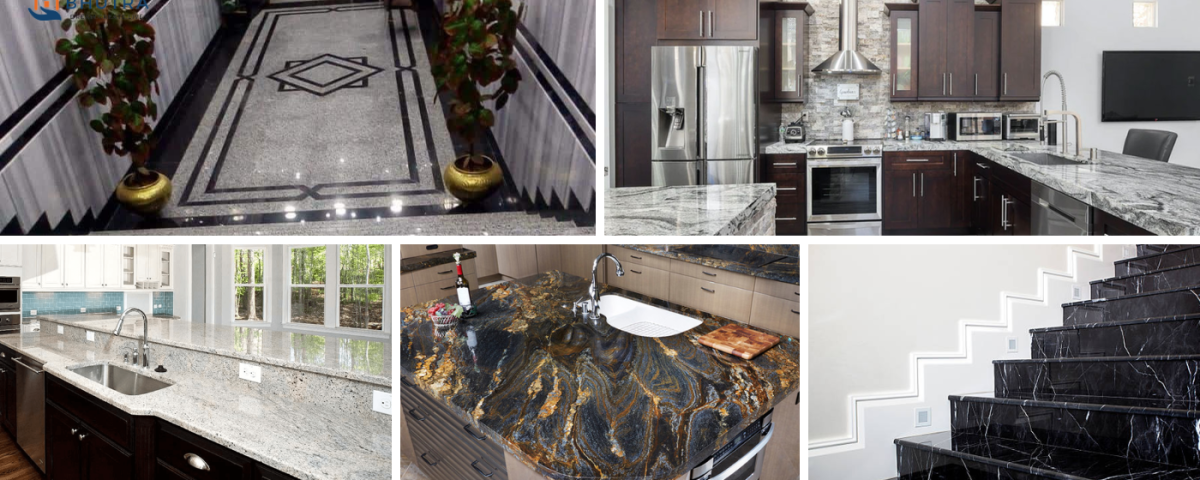
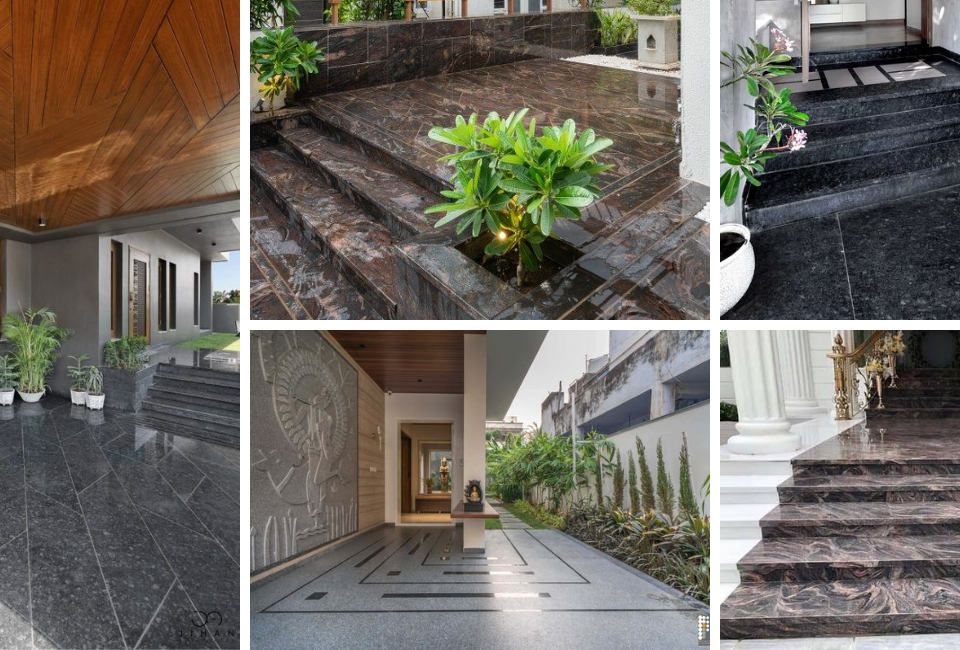
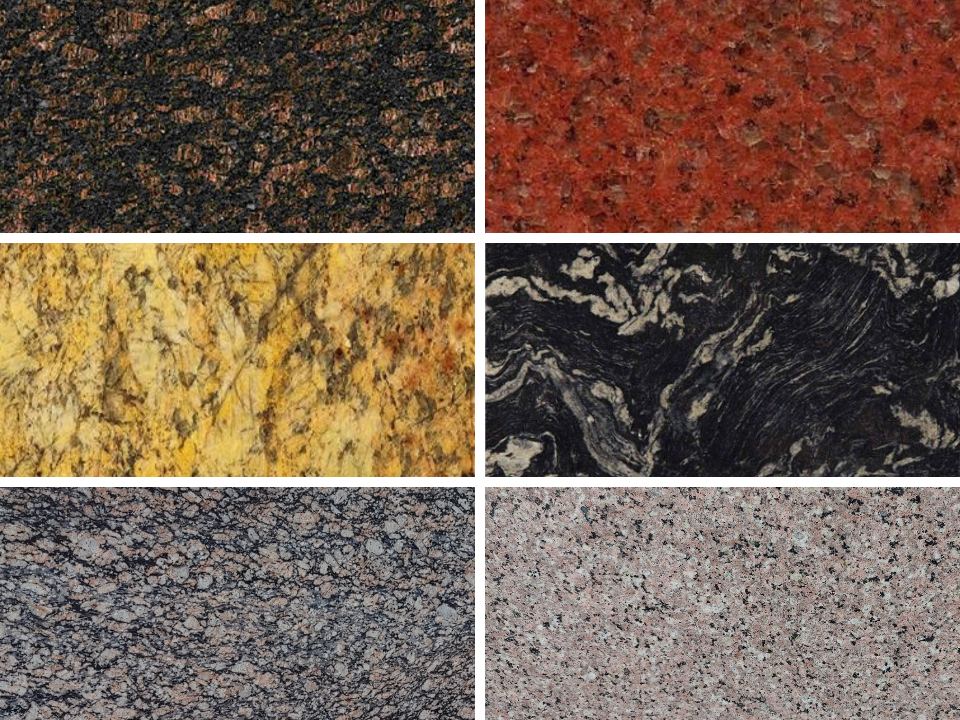
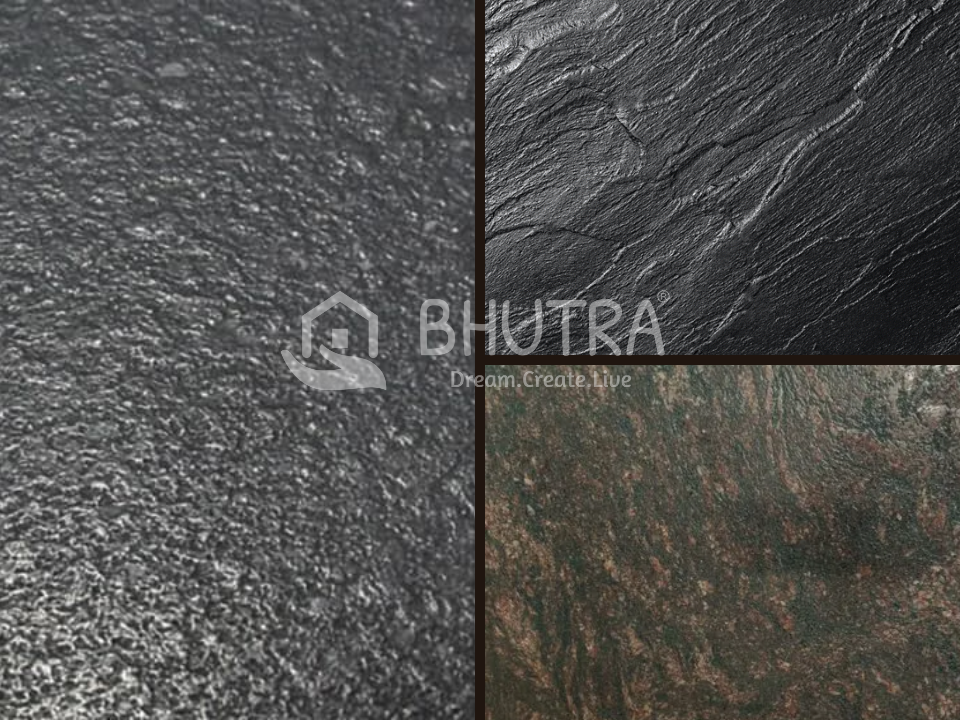
 WhatsApp
WhatsApp